Quilombos
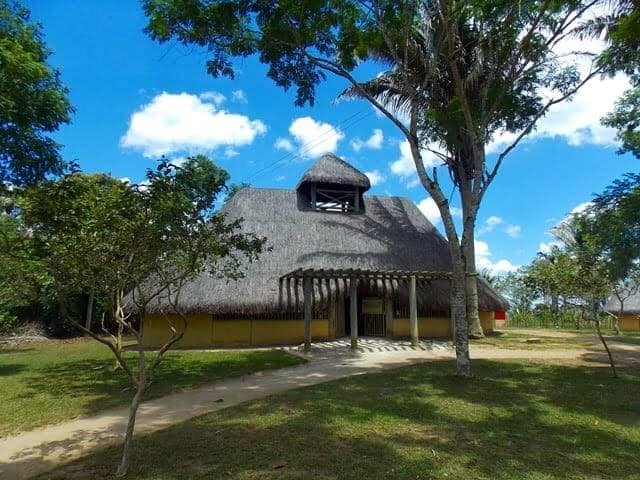
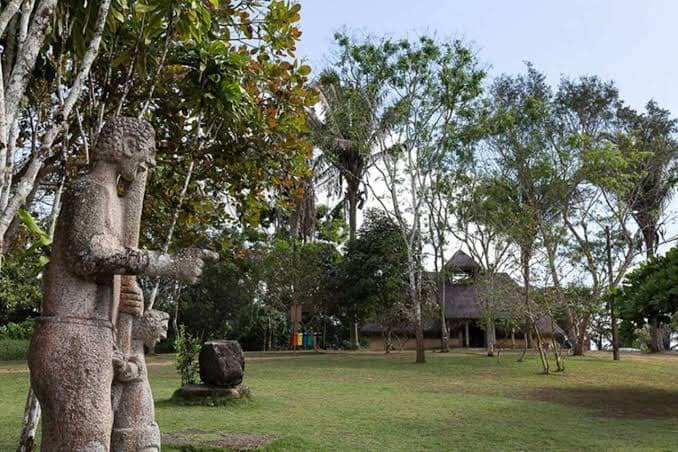

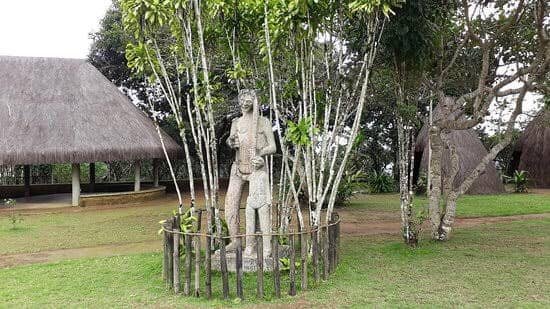
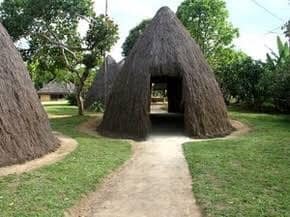

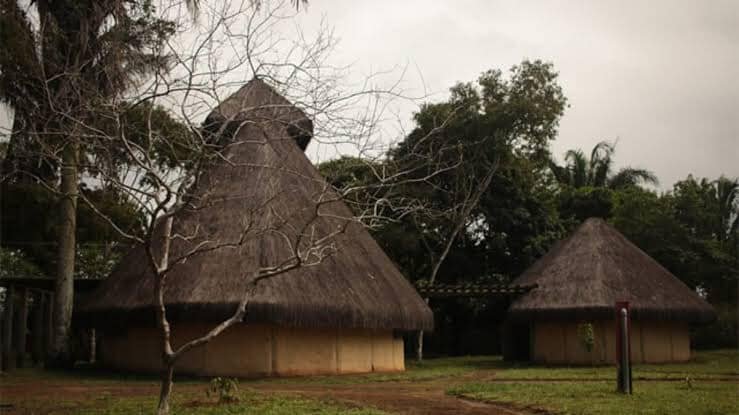
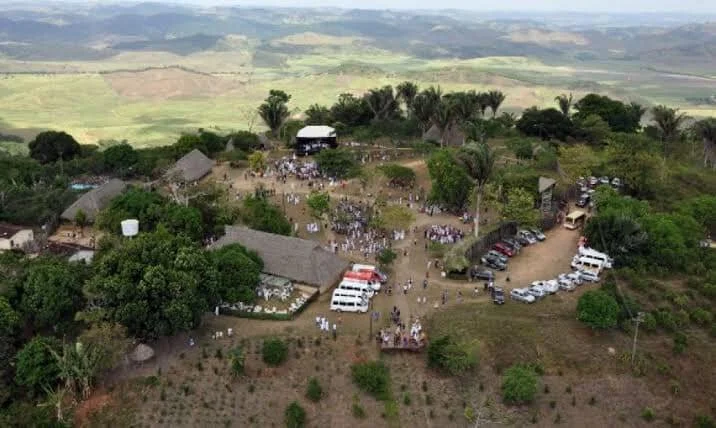
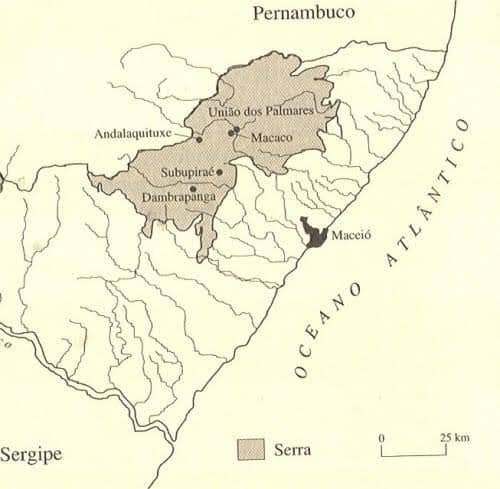
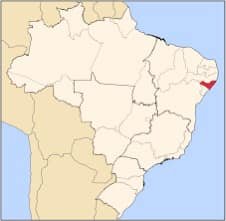

The History and Legacy of Quilombo dos Palmares
Have you ever heard of Quilombo dos Palmares? Understanding this significant part of history is crucial, especially for those interested in Capoeira's heritage. Here’s an overview of this remarkable community and its legacy.
What Were Quilombos?
Quilombos, or mocambos, were communities formed by fugitive slaves in colonial Brazil. These settlements were typically located in remote, inaccessible areas and often comprised fewer than 100 people who survived through farming and occasional raids. The most notable of these communities was Quilombo dos Palmares.
The Rise of Quilombo dos Palmares
Quilombo dos Palmares emerged at the end of the 16th century in the captaincy of Pernambuco, in an area that is now part of the state of Alagoas. It was established by slaves who had fled from plantations in the Pernambuco region and found refuge in the Serra da Barriga area, characterized by its dense forests and difficult terrain.
The first documented reference to Quilombo dos Palmares dates back to 1597, though some theories suggest it may have existed earlier. Over time, Palmares grew in size and fame, symbolising resistance and inspiring other slaves to escape their bondage. At its peak, Palmares had around 20,000 inhabitants.
Life in Quilombo dos Palmares
Security was paramount in Quilombo dos Palmares due to the constant threat posed by the Portuguese. The community was in a mountainous, sparsely populated region with dense forests, providing natural defence. Palmares consisted of a confederation of smaller settlements, known as mocambos, which formed a substantial territory together.
The capital of Palmares was heavily fortified, surrounded by three large palisades with watchtowers for vigilance. Numerous traps, such as pits with stakes hidden by straw, encircled the walls, adding an extra layer of protection. Only residents knew the path to the settlement, ensuring it remained concealed from outsiders. The union of these mocambos was named Angola Janga, meaning "little Angola," reflecting the inhabitants' desire to create a small African state within the American continent.
Palmares had its own systems of power, administration, and labour. The quilombo maintained trade with nearby small settlements and villages to ensure their survival by exchanging goods. As a beacon of resistance, Palmares encouraged slave rebellion and escape, which made it a significant threat to colonial authorities.
Agriculture and Survival
Agriculture was the cornerstone of life in Palmares. The main crops included cassava (used to produce flour), beans, potatoes, corn, and molasses from sugar cane. The quilombolas also relied on foraging, consuming hearts of palm and various fruits from the region’s trees.
Leaders of Quilombo dos Palmares
Two prominent leaders are associated with Palmares: Ganga Zumba and Zumbi. Ganga Zumba led Palmares from around 1645 until 1678 and died under mysterious circumstances, possibly poisoning. Zumbi succeeded him and led until he died in 1695, maintaining the struggle against the Portuguese.
The Fall of Quilombo dos Palmares
Palmares was marked by relentless resistance against colonial forces. During the Dutch invasion of Northeast Brazil (1630-1654), Palmares experienced significant growth due to the Europeans' disorganization, which facilitated slave escapes. However, throughout the 17th century, Palmares faced numerous expeditions aimed at its destruction.
In 1678, Ganga Zumba accepted a peace offer from the governor of Pernambuco, which promised freedom for those born in Palmares and land to live on, among other terms. However, this agreement caused division within the quilombo as it did not include newly escaped slaves, who were to be returned to their owners. This led to Ganga Zumba's assassination and Zumbi’s rise to leadership, who rejected the peace terms and continued the fight.
Between 1692 and 1694, Domingos Jorge Velho led a large expedition against Palmares, equipped with cannons and thousands of men. The quilombo fell in 1694, but resistance persisted. Zumbi was ambushed and killed in 1695, and Portuguese troops remained in the area until the mid-18th century to prevent the re-establishment of the quilombo.
Legacy
Quilombo dos Palmares remains a symbol of resistance and resilience. Its history is a testament to the enduring fight for freedom and justice among enslaved people in colonial Brazil. Understanding this legacy is vital for appreciating the rich cultural heritage of Capoeira and the broader struggle for human rights and dignity.

